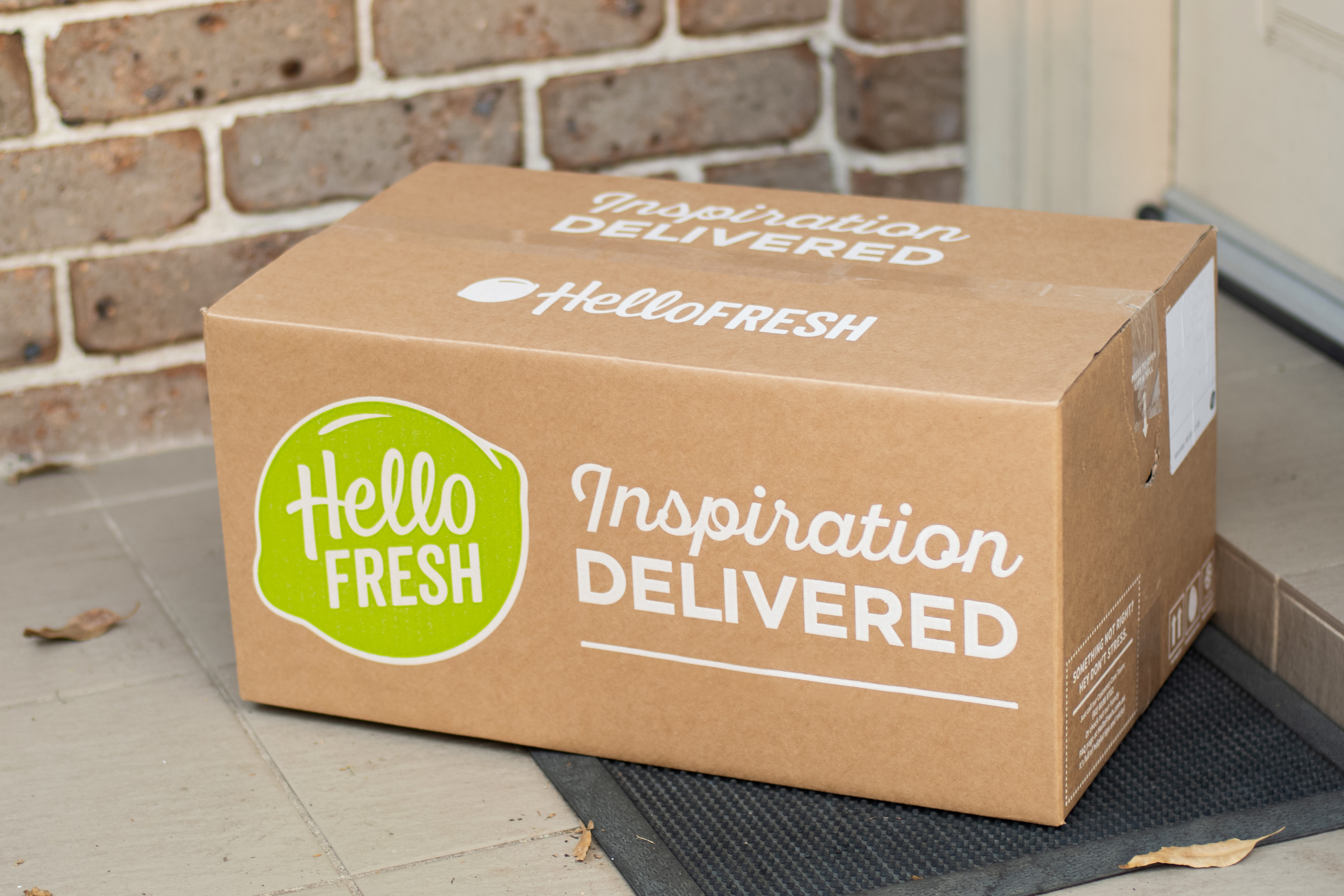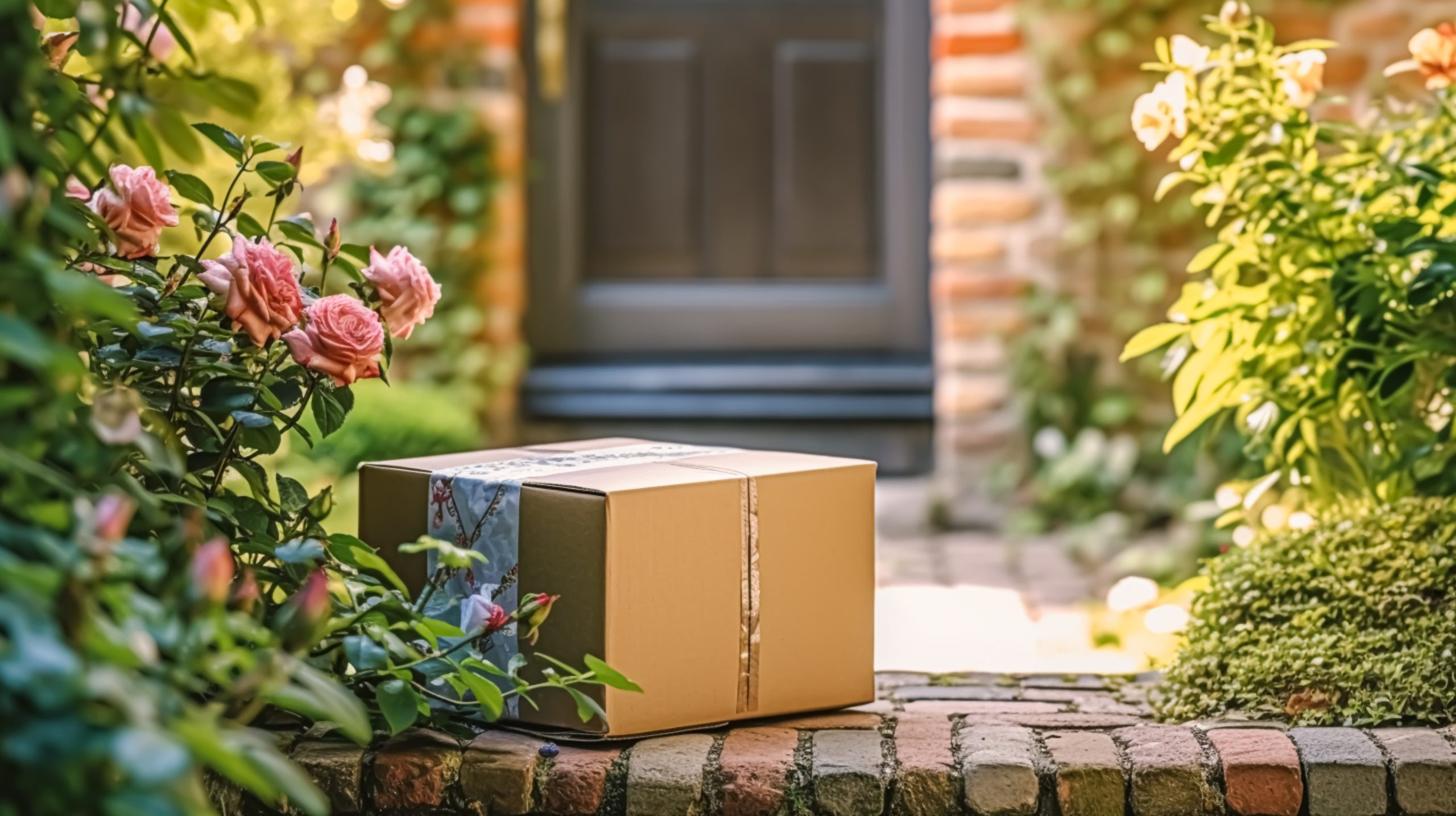Subscription boxes are like that friend who convinces you to go out for “just one drink” and suddenly it’s 2 a.m. and your wallet is crying. They seem innocent enough—$15 here, $30 there—and the promise of surprise goodies at your doorstep feels too good to pass up. But behind the excitement of curated treats, beauty products, or snacks from around the globe, there’s a bigger picture that most shoppers ignore.
The small charges pile up, the subscriptions multiply, and suddenly the “fun little splurge” has quietly transformed into a financial sinkhole. Let’s break down how these boxes keep shoppers hooked and spending more than they ever intended.
The Power of the Surprise Factor
One of the biggest hooks is the thrill of the unknown. Subscription boxes thrive on that mystery element, making every delivery feel like a personal gift. The psychology is simple: humans love surprises, and that dopamine rush makes it addictive.
Shoppers don’t just pay for the product—they pay for the anticipation, which is priceless in the moment. That sense of excitement ensures customers keep coming back, even if half the items end up collecting dust.
Small Costs That Add Up Fast
A $20 monthly subscription may feel harmless, but multiply that by twelve months and it’s already $240 a year. Add a second box, and suddenly the total is pushing $500 without shoppers realizing it. Companies rely on the illusion of affordability, knowing most people underestimate annual costs. The math is sneaky, but it works because it keeps shoppers focused on the “tiny” monthly price tag. Before long, what seemed like pocket change starts draining bank accounts.
Curated Exclusivity Feels Like Luxury
Subscription boxes are packaged with a sense of exclusivity, convincing shoppers they’re part of an elite club. Even budget-friendly boxes borrow the language of luxury—“curated,” “hand-picked,” “limited edition.” That branding makes customers feel like they’re getting more than just items; they’re buying access to something special. This psychological trick elevates the perceived value far beyond the actual retail cost. It’s not just a product—it’s a lifestyle, and that makes it harder to cancel.
The Inconvenience of Canceling
Companies don’t make it easy to walk away. Cancelation policies are often buried in fine print or require multiple clicks, emails, or even phone calls. This friction creates just enough resistance to keep customers from canceling impulsively. The path of least resistance becomes “I’ll just keep it for another month.” That month rolls into another, and suddenly the cycle is back in motion.
The Fear of Missing Out
No one wants to be left out of the “next big thing” in their subscription box community. Limited-edition products, seasonal exclusives, and teaser campaigns build hype that’s hard to resist. FOMO isn’t just a social media problem; it’s a subscription box superweapon.
The fear of missing a rare collectible or a trending product keeps customers subscribed “just in case.” It’s less about needing the items and more about not wanting to regret missing them.
Free Trials That Hook Hard
Many subscription services offer a free or heavily discounted trial to reel customers in. Shoppers sign up thinking they’ll cancel later, but by then, the habit is already forming. Once people experience the first box, they rationalize keeping it around for “just one more.” Automatic billing ensures there’s no gap between trial and paid subscription. Before they know it, the free taste turns into a year-long commitment.
Emotional Spending Wrapped in a Box
Subscription boxes often tap into emotional triggers like self-care, nostalgia, or adventure. A beauty box feels like a monthly pampering session, while a snack box feels like a trip abroad without leaving home. These emotional angles make the purchase feel justified, even if the products aren’t essential. People don’t just buy items; they buy experiences that make them feel good. This emotional pull makes it much harder to cancel compared to a standard purchase.
Overvalued “Retail Price” Comparisons
A classic tactic is showing customers how much more the products are “worth” compared to the subscription cost. The box may claim a $60 retail value for only $25, creating the illusion of a great deal. But in reality, many items are overstock, sample-sized, or produced cheaply in bulk. The exaggerated value makes shoppers believe they’re winning, when really they’re paying for things they may never use. The sense of savings overshadows the reality of wasted spending.
Collectibles That Keep You Hooked
Subscription boxes love to include items that are part of a set. Whether it’s trading cards, enamel pins, or limited-series merchandise, the idea of completing a collection is powerful. Customers keep paying month after month to avoid an incomplete series. This turns the box into a long-term commitment rather than a casual splurge. Collectibles become a financial trap disguised as fun.
Social Media Hype and Unboxings
Platforms like YouTube, TikTok, and Instagram are packed with unboxing videos that glamorize subscription services. Seeing influencers hype up their “amazing” finds makes the experience look irresistible.
The performative nature of unboxing adds a layer of social validation, making people want to join the trend. Shoppers feel like they’re missing out on a cultural moment if they don’t participate. This constant exposure normalizes spending hundreds a year on something that started as a novelty.
The Long-Term Cost of “Just One Box”
The biggest trap is underestimating how long people stay subscribed. Customers often tell themselves they’ll only keep it for a few months. But the combination of surprise, exclusivity, and convenience stretches that timeline indefinitely. Suddenly, years have passed, and thousands of dollars have been spent. The slow burn of subscription boxes is what makes them so effective—and so costly.
The Subscription Box Trap
Subscription boxes may feel like fun, low-cost indulgences, but they’re expertly designed to keep shoppers hooked and spending big. From the thrill of surprises to the difficulty of canceling, every step of the process is engineered for loyalty. The truth is, most people end up paying for far more than they use or need. The best defense is awareness—understanding how these boxes manipulate spending habits can help shoppers make smarter choices.
What do you think—are subscription boxes worth the hype, or are they just clever traps? Share your thoughts in the comments below.
You May Also Like…
5 Subscriptions That Auto Renew Every Month—and Never Feel Worth It
7 Subscription Models Designed to Trap Customers Long-Term
10 Sign-Posts That Tell You When You’re Falling Toward Impulse Spending
10 Subscription Services That Quietly Increased Fees in 2024
10 Invisible Fees That Aren’t in Your Budget Projections


